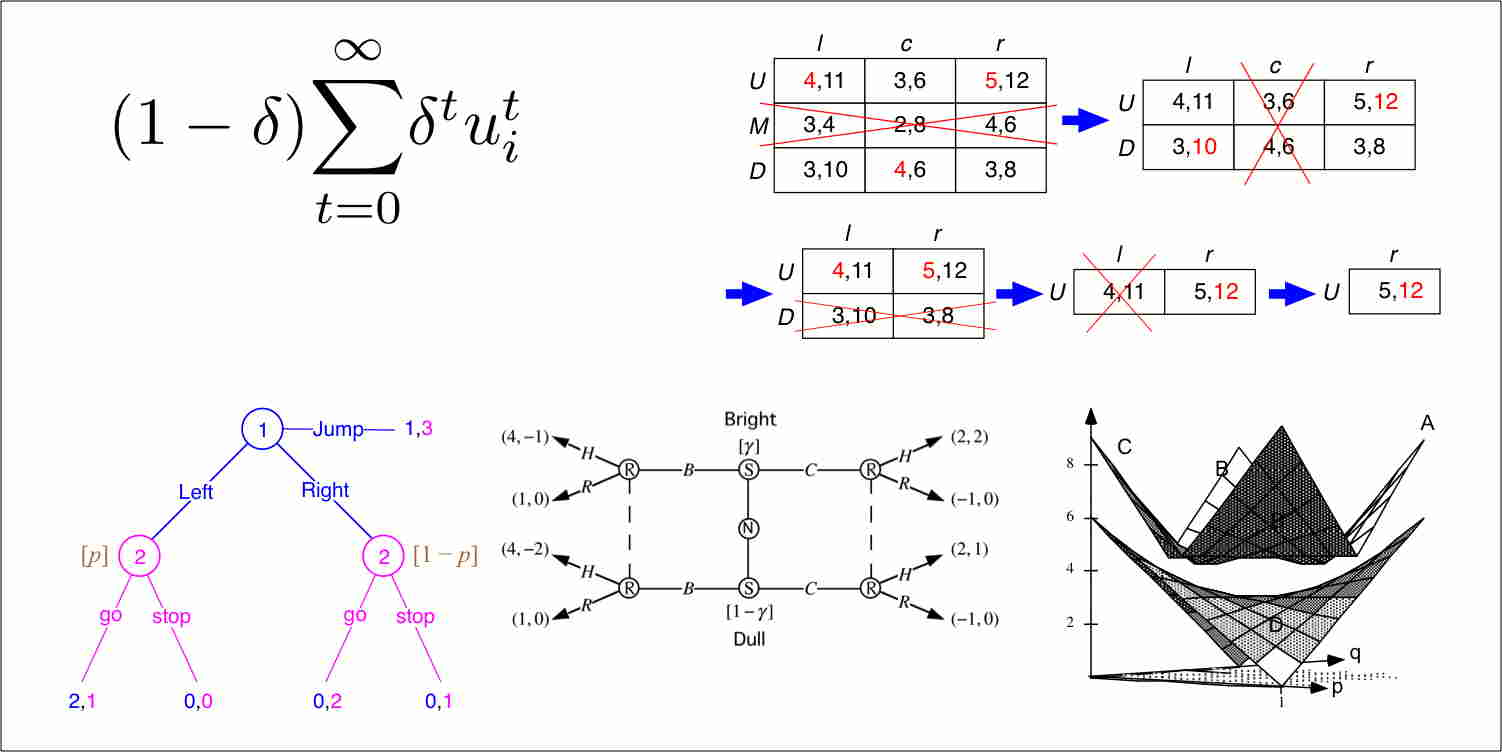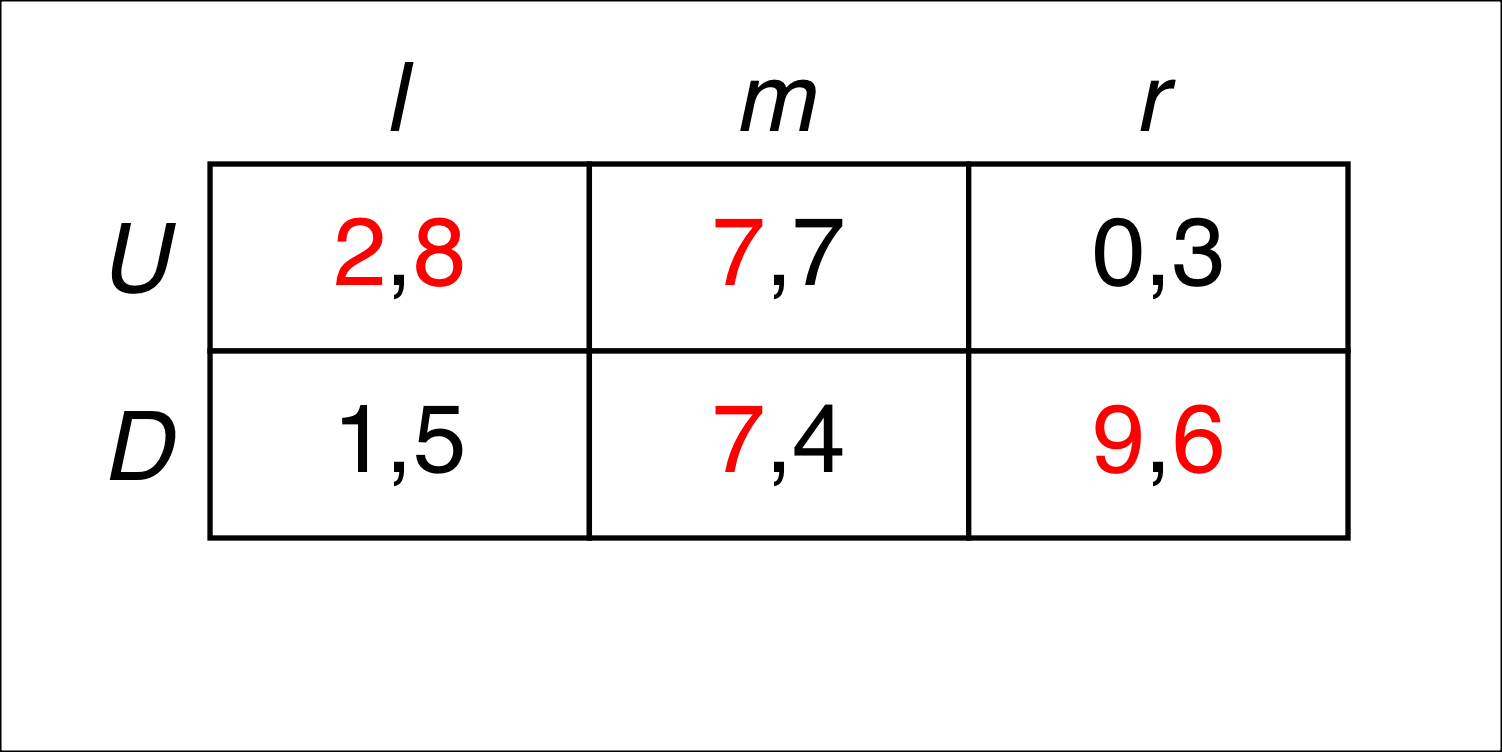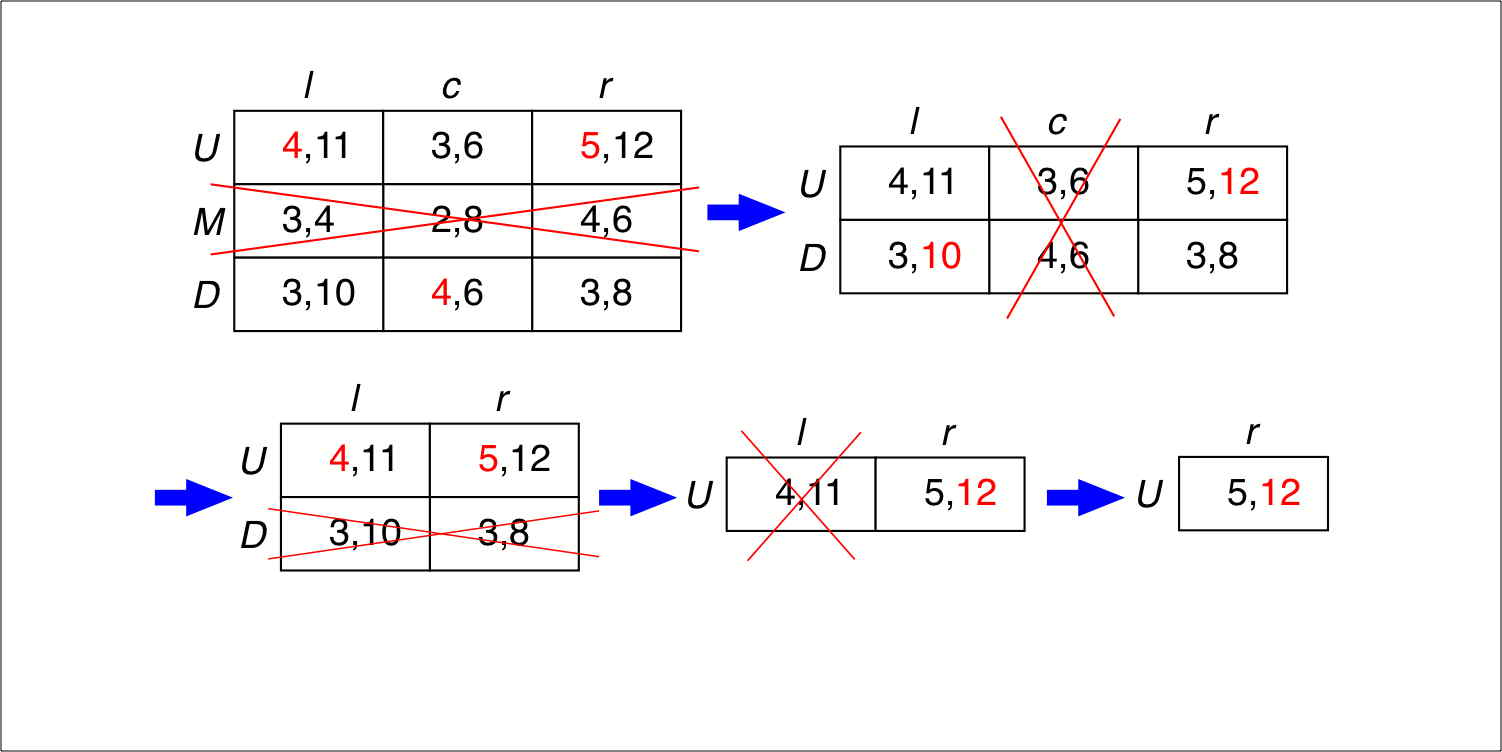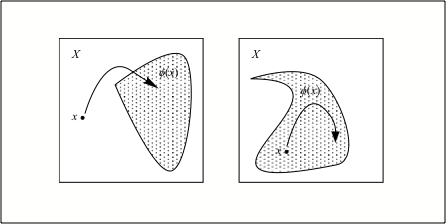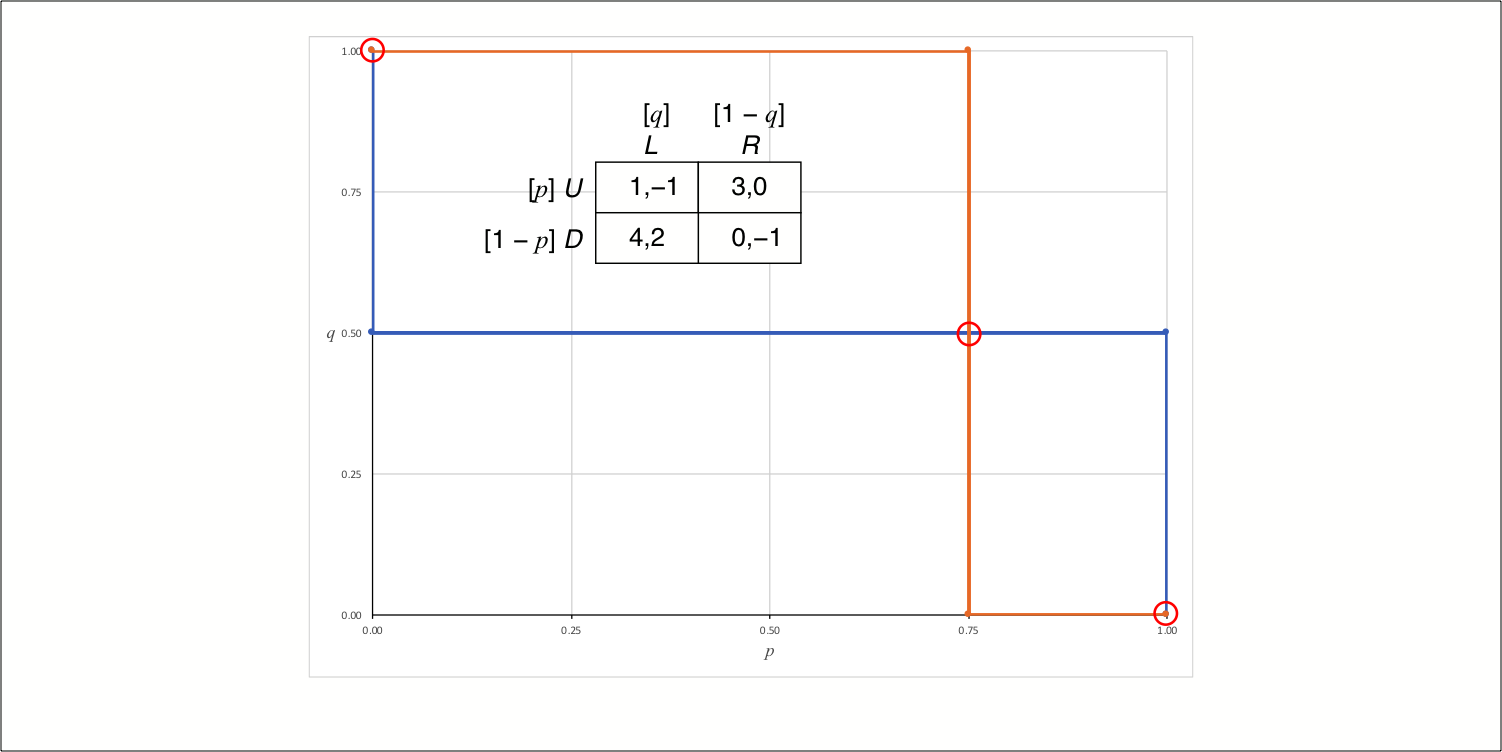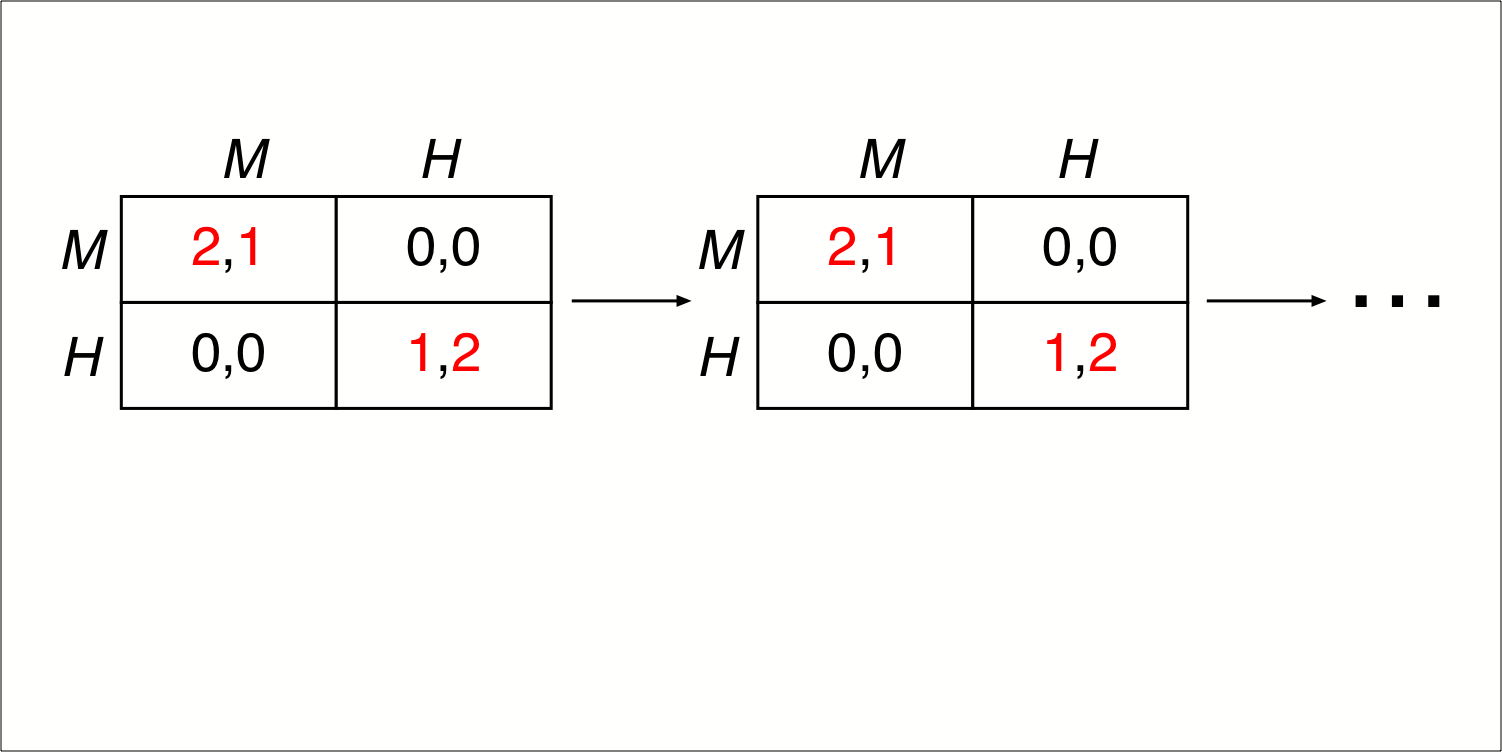Here are 14 chapters of lecture notes from a one-semester game-theory course I taught to students in their second year of the economics PhD program at the University of Arizona during the 1992-1997 period. The material would also be helpful to first-year PhD students learning game theory as part of their microeconomic-theory sequence, as well as to advanced undergraduates learning game theory. I consider the exposition detailed, rigorous, and self-contained.
I no longer teach game theory, so these notes are currently frozen in this state. I’m making them available here because I still get requests for them. I have not updated them to reflect subsequent advances.
These notes are in PDF format. You can download the entire course as a single compressed folder (holding 14 separate PDFs) or you can follow each chapter’s link below in the Course Table of Contents to read the abstract of, and/or download, that chapter.
